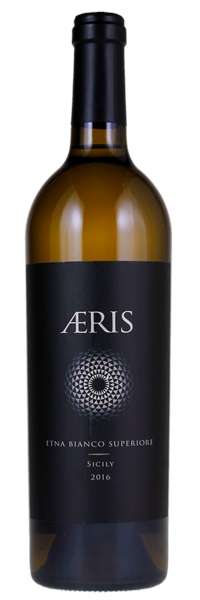Estimate

Delicate but deep and very pure aromas of white flowers, lemon, and minerals with just a hint of almond paste for added complexity. Archetypal Carricante nose. Then boasts a delightful acid-sugar balance in the mouth, with a noble, tannic mouthfeel and lively acidity extending the floral and pomaceous orchard fruit flavors on the long, nuanced lemony back end.
...terrific, with a rich, complex bouquet of honeyed herbs, green almonds, salted pork, and Meyer lemons. It has a distinct salinity on the palate and is medium-bodied, has a rich, layered texture, high yet integrated acidity, and a clean, dry finish.
...a beautifully crisp...with fresh lemon and delicate white fruit with a marine layer and sprinklings of crushed mineral or sea salt. The quality of the bouquet is exact and precise...